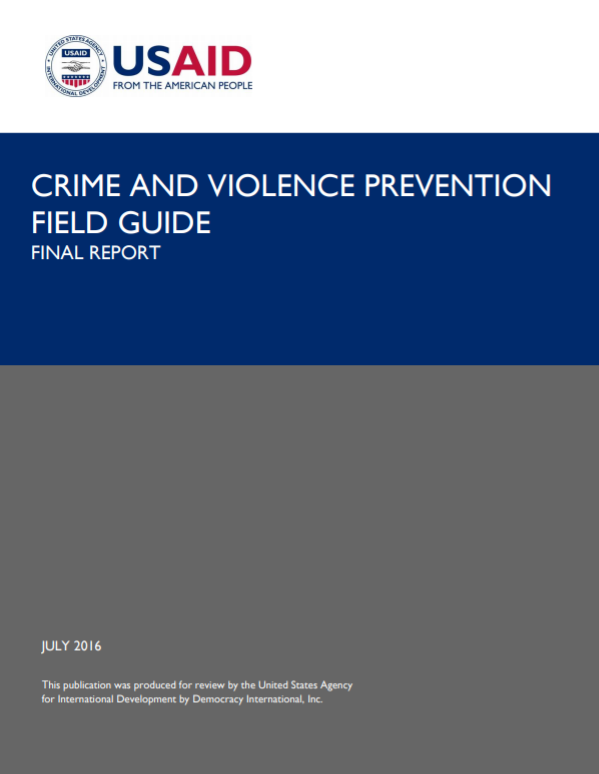Speeches Shim
During the past decade, Latin America and the Caribbean (LAC) has become one of the most violent regions in the world. According to the United Nations Office of Drugs and Crime (UNODC) global study on homicides, six Latin American and Caribbean countries (Belize, Guatemala, Honduras, Jamaica, El Salvador, and Venezuela) are among the 10 most violent countries in the world. While the LAC region represents 8.5 percent of the global population, it accounts for an estimated 30 percent of the world’s homicides.1 In several countries, homicide rates have reached epidemic proportions. Citizen insecurity has become a key development issue and a matter of serious concern for citizens in the region.
The latest AmericasBarometer survey, a comparative survey funded through the Latin America Public Opinion Project (LAPOP) and covering 28 countries of North, South, and Central America and the Caribbean, shows that perceptions of insecurity and fear of crime among Latin American and Caribbean citizens have increased significantly during the past decade. In 2014, 61.2 percent of survey respondents said they either felt very or somewhat unsafe.2 Not surprisingly, for many Latin American and Caribbean citizens, crime and insecurity have become their number one problem, surpassing unemployment and the economy as the top concerns.
This Field Guide is an effort to support USAID officers and other practitioners in the LAC region who are working on citizen security. The Guide provides a conceptual framework for understanding crime, violence, and prevention as part of broader citizen-security systems; evidence-based information about effective interventions to prevent crime and violence; and practical advice and tools on how to design, implement, measure, and evaluate crime and violence prevention and citizen security projects. The guide incorporates the research findings of academic and development practitioners in an analysis of crime and violence in the region.
Democracy and governance specialists often lead citizen security related programming, but crosssectoral approaches are needed to address the multi-causal drivers of and risk factors for crime and violence. While citizen insecurity negatively affects development, deeply rooted development problems—such as poor workforce development, limited employment opportunities, underperforming schools, poor family planning, and inadequate access to and quality of public health services—also drive crime and violence.
After years of heavy-handed responses to crime and violence (known to many as the mano dura approach), many governments in Latin America and the Caribbean have come to recognize that a punitive and reactive law enforcement response to crime and violence is insufficient in reducing violent crime. Countries are beginning to incorporate a more comprehensive approach to citizen security that addresses the root factors of crime and violence. Prevention is part of a much more effective and sustainable approach that, incidentally, is less expensive than reacting to criminal activity and violence, particularly when factoring in the costs of incarceration.


Comment
Make a general inquiry or suggest an improvement.